Sawfish Bay Historical Marker
Introduction
Text-to-speech Audio
This historical marker was dedicated in 2006 and is located next to a historic train depot that was moved to Sawfish Bay Park. The maker shares the history of the waterfront location that is now home to Sawfish Bay Park. The area was first inhabited by humans during the Archaic Period 5,000 years ago, this site provided access to an intricate transportation system within the Everglades region. Marine life sustained these early peoples until contact with European diseases devastated the local population in the 1700s. The earliest historic written record of human activity on the site was the Cabot Home, first settled by Frederick M. Cabot II in 1892. By 1894 this site became the center of commerce when a railroad spur, which is still evident, connected the river community of Jupiter to the northeastern United States.
Images
Jupiter's 1915 depot was one of many built by the FEC, and constructed the same as other depots from the same period. The Town of Jupiter Archives has letters from 1926 to 1928 from the Florida East Coast Railway and the State Railroad Commission reg
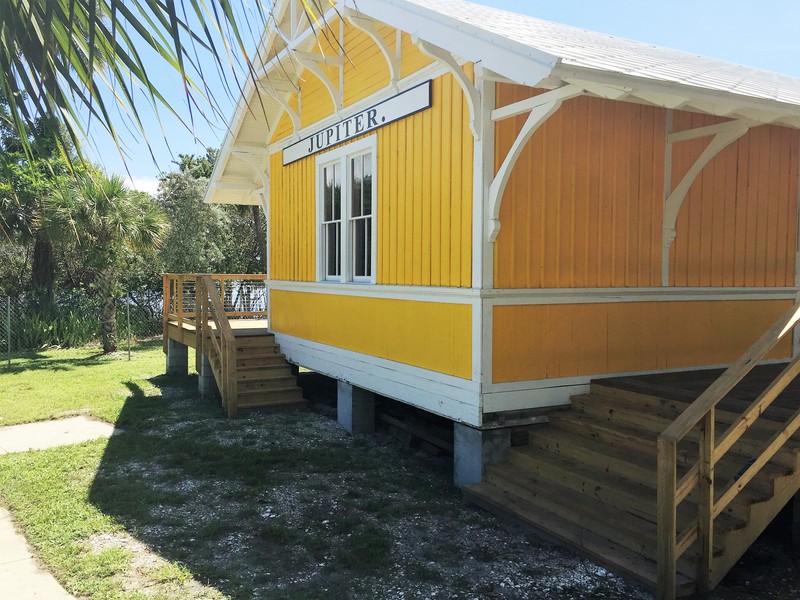
The depot served the public well for many years!! When it was closed in the mid-1960s, it was moved to become a private residence in Tequesta.
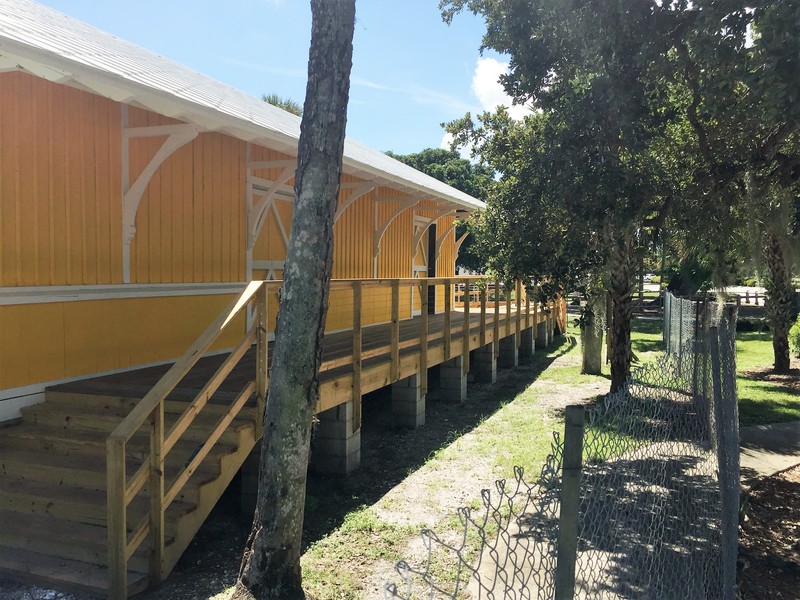
The Historic Train Depot was moved to Sawfish Bay Park in the early-morning hours of April 15, 2012. It is back home in Jupiter, very close to its original location, and now the restoration work on this historic building can begin.
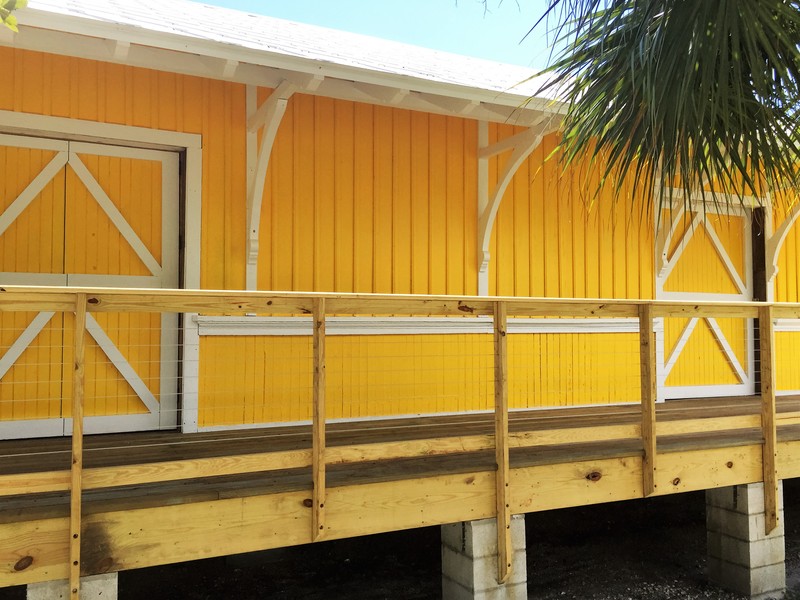
The 22-feet-by-53-feet depot was a stopping point during the early days of the railroad. While the railroad operated for about two decades, it was located on the west side of Alternate A1A, just south of Center Street, across from Bell's Mobile Home Park.
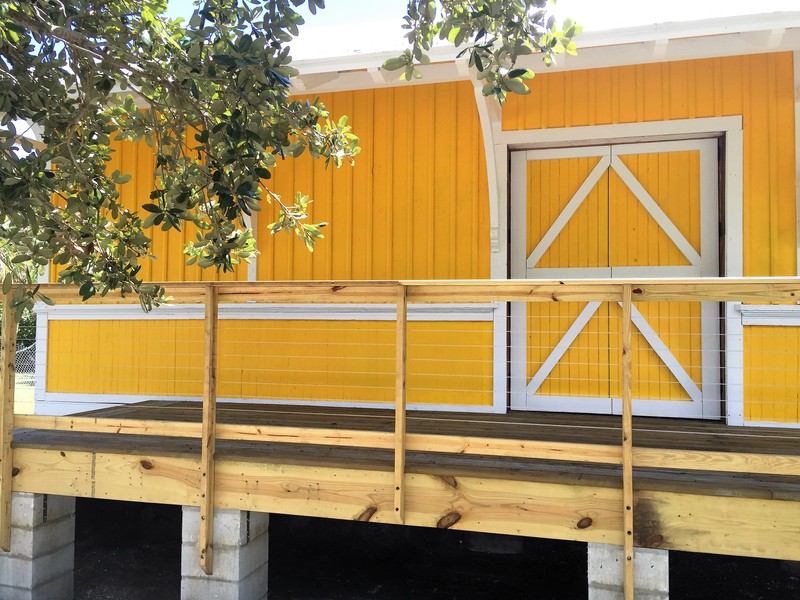
Southern heartwood pine from North Florida, diamond-shaped shingles and hardware similar to what was used a century ago are all part of the restoration of the former Henry Flagler railroad depot at Sawfish Bay
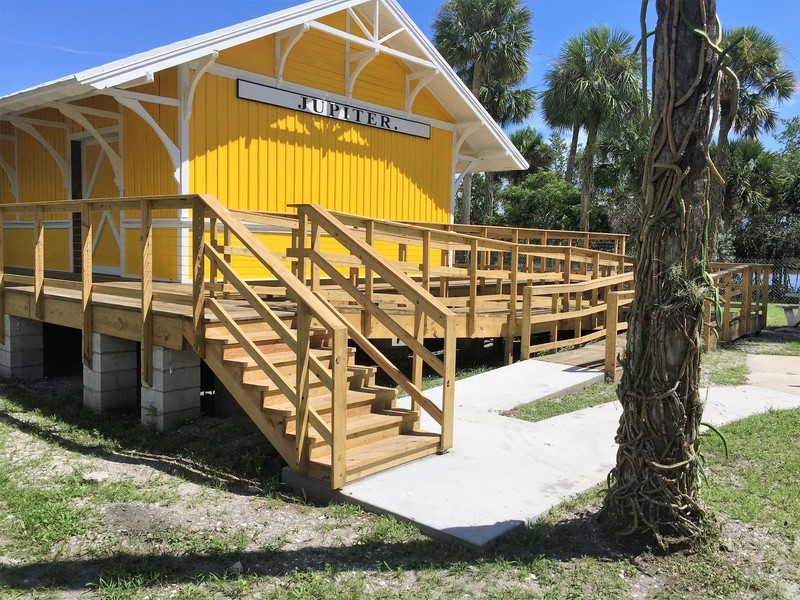
The Jupiter train depot is one of the few remaining wood frame stations built by the Florida East Coast Railroad. Many of its depots were built from the same building plans and are only distinguishable by the large signs facing down the tracks. The f
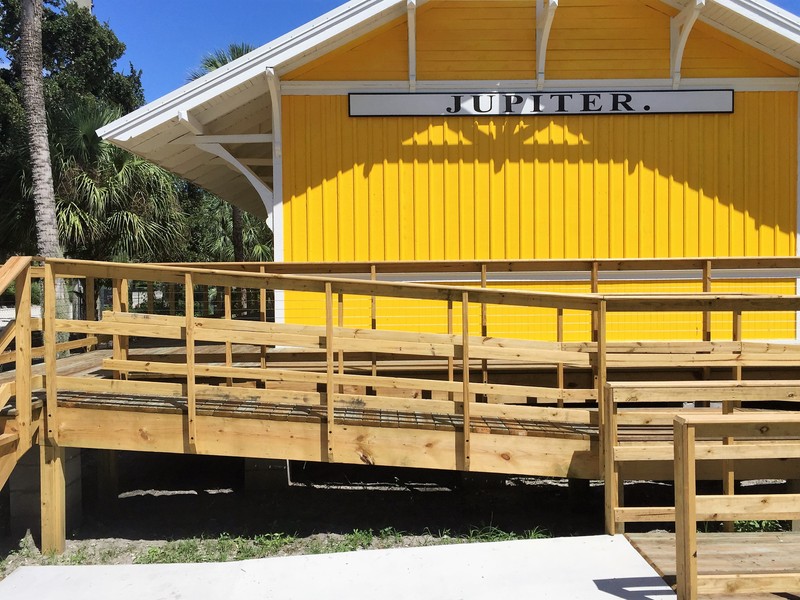
Established 25 Jan 1838 during the Second Seminole War by General Thomas S. Jesup and used to imprison more than 600 captured Seminole Indians during 1836. The prisoners were transported to Fort Brooke (Tampa) and, from there, were finally transporte
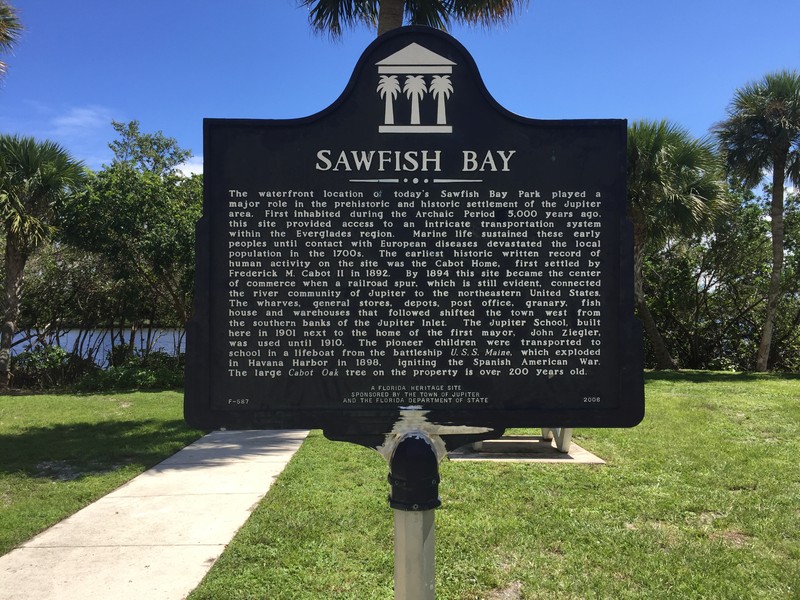


Fort Jupiter, originally located on the south side of the Jupiter River at Jones Creek, about three miles inland from Jupiter Inlet. Originally it wes a settlers' fort, then a Seminole Indian detention camp by the Army. The post was relocated in 1855
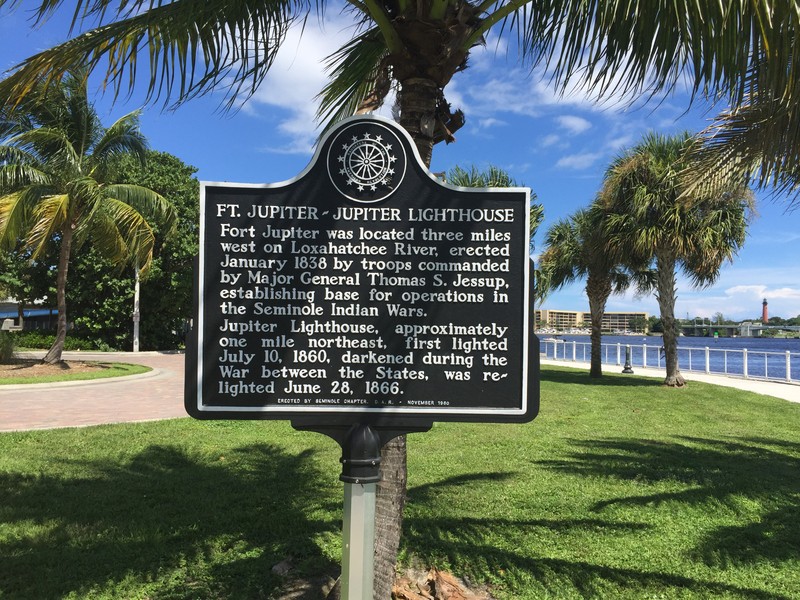
Backstory and Context
Text-to-speech Audio
The wharves, general stores, depots, post office, granary, fish house, and warehouses that followed shifted the town west from the southern banks of the Jupiter Inlet. The Jupiter School, built here in 1901 next to the home of the first mayor, John Ziegler, was used until 1910. The pioneer children were transported to school in a lifeboat from the battleship U.S.S. Maine, which exploded in Havana Harbor in 1898, igniting the Spanish American War. The large Cabot Oak tree on the property is over 200 years old.
